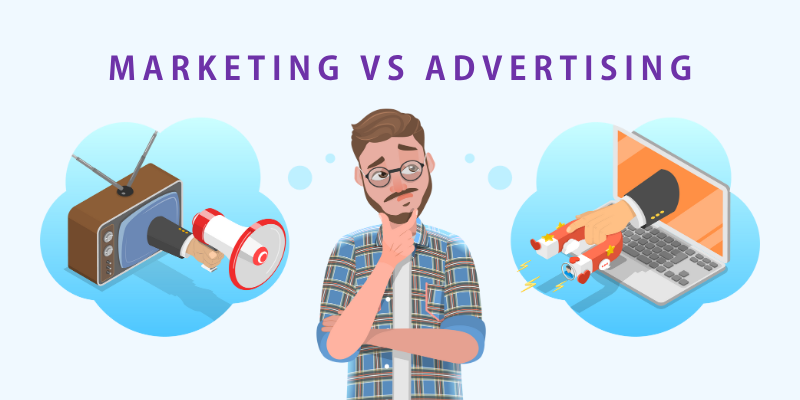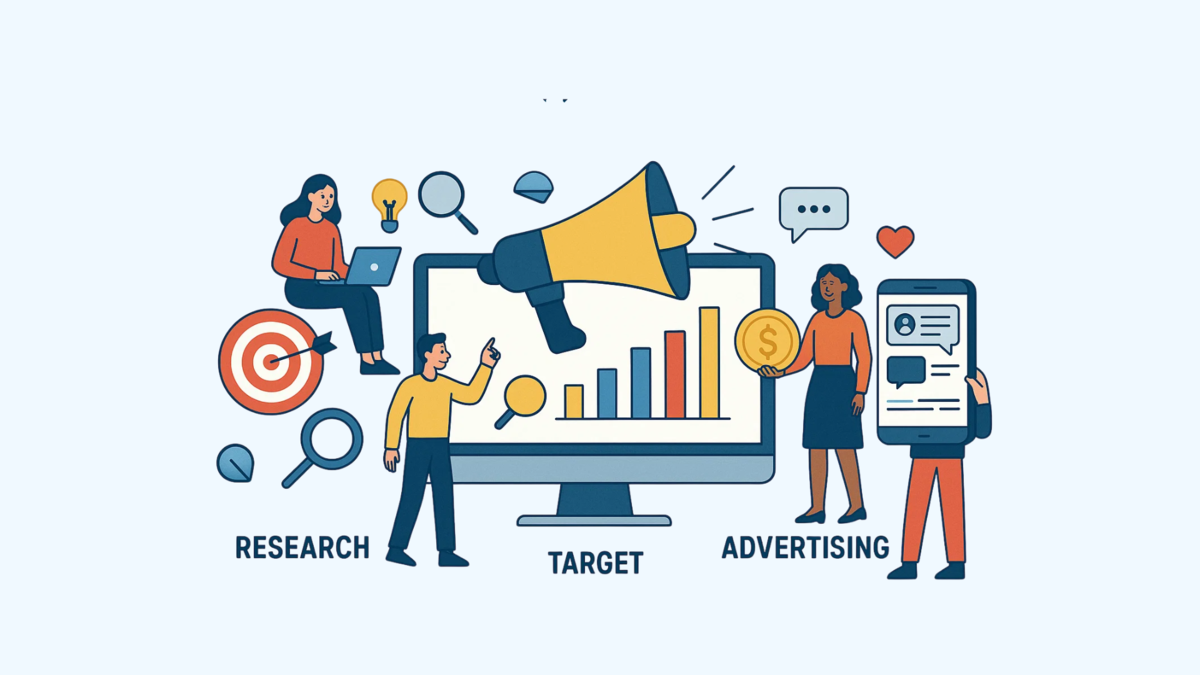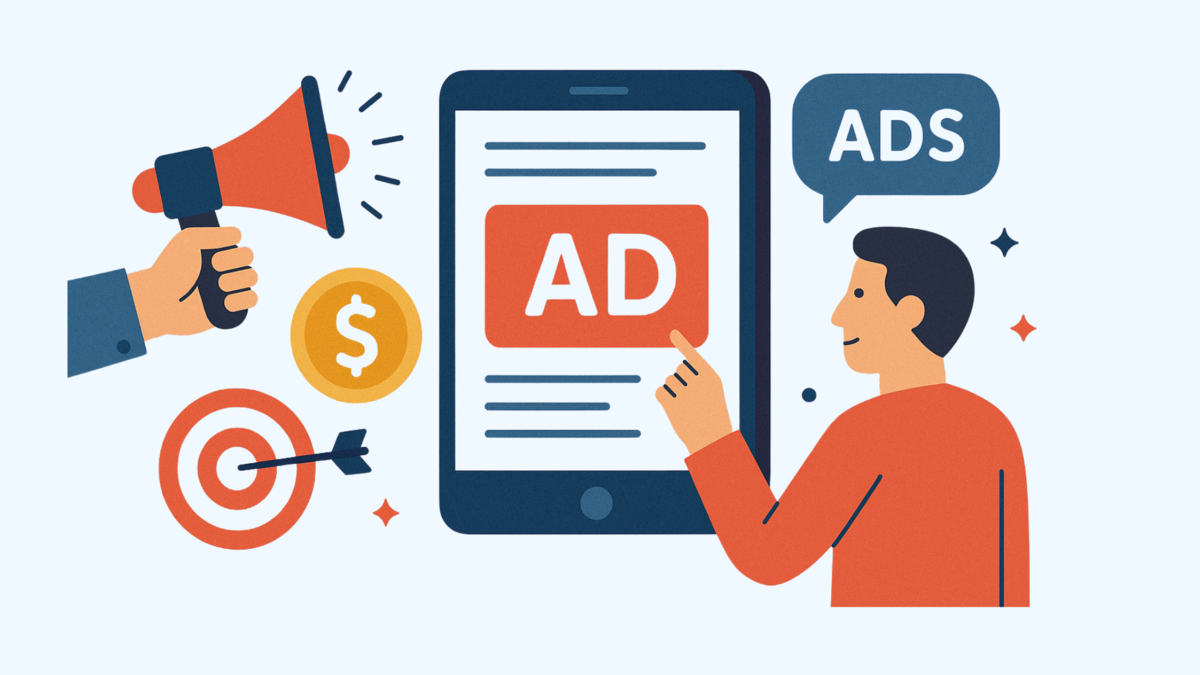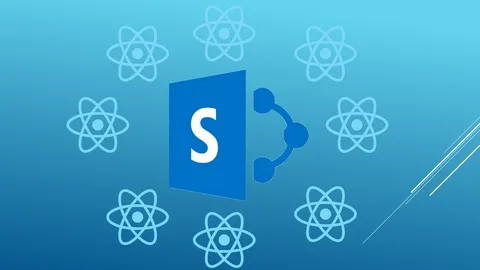In the dynamic world of business, understanding marketing vs advertising is crucial for creating strategies that resonate with audiences and drive growth.
While the terms marketing and advertising are often used interchangeably, they serve distinct purposes within a business’s communication and growth strategy.
Both aim to enhance brand visibility, engage customers, and boost revenue, but their approaches, scope, and execution differ significantly.
This article dives deep into the nuances of advertising vs marketing, exploring their definitions, importance, types, and how they work together to achieve business success.
Whether you're a business owner, student, or professional, grasping the difference between marketing and advertising will empower you to leverage both effectively.
Marketing Vs Advertising: A Detailed Comparison
The difference between marketing and advertising lies in their scope, objectives, and execution.

While advertising and marketing work together, marketing is the overarching strategy, and advertising is a component focused on paid promotion. Below is an expanded comparison table with additional details to provide a deeper understanding of what is the difference between marketing and advertising:
|
Aspect |
Marketing |
Advertising |
|
Definition |
A comprehensive process involving research, product development, pricing, distribution, and promotion to create and deliver value. |
Paid, non-personal promotion of products, services, or ideas through specific channels. |
|
Scope |
Broad, encompassing all activities to identify customer needs, develop offerings, and build relationships. Includes the 4Ps: Product, Price, Place, Promotion. |
Narrow, focusing solely on promotional activities through paid media to drive awareness or sales. |
|
Time Frame |
Long-term, ongoing strategy aimed at building brand equity and customer loyalty over years. |
Short-term, campaign-driven with immediate goals like sales spikes or product launches. |
|
Objectives |
Foster customer relationships, build brand loyalty, understand market trends, and drive sustainable growth. |
Increase brand visibility, drive immediate sales, or prompt specific actions (e.g., clicks, purchases). |
|
Cost Structure |
Varied costs across research, product development, distribution, and promotion. Can include low-cost organic efforts like SEO or content marketing. |
High, direct costs for media placements (e.g., TV spots, PPC ads). Budgets are often campaign-specific. |
|
Examples |
Market research, SEO optimization, content creation, email nurturing, and marketing tactics like influencer partnerships. |
TV commercials, social media sponsored posts, Google Ads, billboards, and advertisement examples. |
|
Channels |
Mix of organic (SEO, social media posts, blogs) and paid (ads, PR, events) channels. Focuses on both earned and owned media. |
Primarily paid channels (TV, radio, digital platforms, print media). Relies on bought media. |
|
Measurement Metrics |
Long-term metrics like customer lifetime value (CLV), brand equity, net promoter score (NPS), and organic traffic growth. Tools like best SEO reporting tools track performance. |
Short-term metrics like click-through rates (CTR), conversion rates, return on ad spend (ROAS), and impressions. |
|
Audience Engagement |
Two-way engagement through content, social media interactions, and customer feedback to build relationships. |
One-way communication, delivering messages to persuade or inform without direct interaction. |
|
Skill Set Required |
Diverse skills, including market research, data analysis, content creation, branding, and customer relationship management (CRM). |
Creative skills for ad design, copywriting, media buying, and expertise in platforms like Google Ads or social media ad tools. |
|
Technology Integration |
Leverages tools like CRM systems, analytics platforms, and AI for personalization. |
Relies on ad platforms (e.g., Google Ads, Meta Ads) and technologies like programmatic advertising for precise targeting. |
|
Flexibility |
Highly flexible, adapting to market changes, customer feedback, and long-term goals. |
Less flexible, tied to specific campaigns with fixed budgets and timelines. |
|
Examples of Impact |
A content marketing campaign increases organic traffic by 40% over six months, building trust. |
A PPC campaign drives 1,000 clicks in a week, resulting in 100 sales. |
|
Dependency |
Can function independently, using organic strategies like SEO or content without advertising. |
Relies on marketing’s research and strategy to define target audiences and messaging. |
This detailed table clarifies marketing vs advertising by highlighting their distinct roles and interdependence. For instance, advertising in marketing serves as a tactical tool to amplify marketing’s strategic goals. Businesses using platforms like Shopify can leverage ecommerce SEO agencies to improve their online visibility and ensure their product reaches the target audience effectively
What Is Marketing In Business?
According to the American Marketing Association, marketing is "the activity, set of institutions, and processes for creating, communicating, delivering, and exchanging offerings that have value for customers, clients, partners, and society at large." This broad definition highlights marketing’s comprehensive role in understanding customer needs, developing products or services to meet those needs, and fostering long-term relationships.

Marketing is often built on the 4Ps framework: Product, Price, Place, and Promotion. These pillars guide businesses in crafting strategies that align with consumer expectations and market demands:
- Product: Designing offerings that solve customer problems or fulfill desires, ensuring quality and relevance.
- Price: Setting a value that balances affordability, perceived value, and profitability.
- Place: Choosing the right distribution channels, whether online platforms or physical stores, to reach customers effectively.
- Promotion: Communicating the product’s value through various channels, including advertising, public relations, and content creation.
Marketing is a long-term, strategic process that builds brand identity and customer loyalty. For instance, businesses leveraging digital marketing and advertising can use services like best SEO company for Google to enhance online visibility and connect with audiences.
Why Marketing Matters?
Marketing is the backbone of sustainable business growth. It enables companies to:
- Understand Customers: Through market research, businesses identify consumer preferences and pain points.
- Build Brand Loyalty: Consistent engagement fosters trust, leading to repeat customers and referrals.
- Drive Revenue: Studies show that businesses earn $5 for every $1 spent on digital marketing, highlighting its ROI potential.
- Adapt to Trends: Marketing helps businesses stay agile in response to changing market dynamics.
For businesses targeting other companies, B2B marketing services offer tailored strategies to generate leads and build partnerships, ensuring alignment with specific industry needs.
What Is Advertising?
The advertising definition is best captured by marketing expert Philip Kotler: "any paid form of non-personal presentation and promotion of ideas, goods, or services by an identified sponsor." Unlike marketing’s broad scope, advertising in marketing focuses on paid, targeted promotions designed to inform, persuade, or remind audiences about a product or service.

Advertising is typically short-term and campaign-driven, aiming for immediate impact, such as driving sales or increasing brand awareness. For example, a well-crafted campaign can inspire action, and exploring advertisement examples can provide inspiration for creating compelling ads. In the context of marketing and advertising, it serves as a tactical tool within the broader marketing strategy, amplifying messages to reach specific audiences.
Why Advertising is Essential?
Advertising plays a critical role in cutting through competitive noise and delivering measurable results. Its key benefits include:
- Immediate Visibility: Digital advertising can boost brand lift by 31%, making it ideal for quick awareness campaigns.
- Targeted Reach: Platforms like Google Ads allow businesses to target specific demographics, locations, and interests.
- Action-Oriented: Advertising prompts consumers to take immediate actions, such as making a purchase or signing up for a service. Understanding what is CTA can enhance these efforts by creating clear, compelling calls-to-action.
- Measurable Impact: Tools like the best SEO reporting tools help track advertising performance, ensuring campaigns are optimized for success.
6 Main Types Of Marketing Strategies
Marketing encompasses a variety of strategies tailored to different goals, channels, and audiences. Here are some key types of marketing and advertising approaches:
- Digital Marketing: Utilizes online platforms like websites, search engines, and email to reach global audiences. Digital marketing advertising integrates paid ads with organic strategies for maximum impact.
- Social Media Marketing: Engages users on platforms like Instagram, LinkedIn, and Twitter through interactive content and community building.
- Search Engine Optimization (SEO): Improves website rankings on search engines, driving organic traffic. Comprehensive digital marketing services often include SEO to enhance visibility.
- Content Marketing: Creates valuable content, such as blogs, videos, and infographics, to attract and retain customers.
- Email Marketing: Sends tailored messages to engage leads, typically generating a 42:1 return on investment
- Traditional Marketing: Leverages offline channels like print, TV, and radio for broad, non-digital reach.
Example: Marketing in Action
Consider a retail business launching a new product line. A marketing strategy might involve researching consumer preferences, optimizing pricing, distributing through e-commerce platforms like Shopify, and promoting via content and SEO. Retailers often allocate significant budgets to these efforts, and exploring what are five marketing strategies that retailers spend half of their annual budget on can provide valuable insights.
6 Types Of Advertising Channels
Advertising comes in various forms, each designed to achieve specific objectives. Common types of advertising marketing include:
- Online Advertising: Includes display ads, search ads, and social media promotions. Google search ads, for example, generate a 200% ROI, returning $2 for every $1 spent.
- Print Advertising: Found in newspapers, magazines, and brochures, offering tangible, localized impact.
- Broadcast Advertising: Covers TV, radio, and podcasts, delivering audio-visual messages to wide audiences.
- Direct Mail Advertising: Sends targeted physical materials, like postcards, to specific households.
- Product Placement: Embeds products in media, such as movies or TV shows, for subtle promotion.
- Out-of-Home Advertising: Utilizes billboards, transit ads, and signage for high-visibility campaigns.
Each channel supports digital marketing advertising by offering unique ways to engage audiences, depending on campaign goals and target demographics.
Example: Advertising Campaign
A tech startup launching a new app might use targeted social media ads to drive downloads, leveraging precise audience segmentation. By incorporating a strong call-to-action (CTA), as explained in what is CTA, the campaign can convert interest into action, such as app installations or sign-ups.
When To Prioritize Marketing Vs Advertising?
Choosing between marketing vs advertising depends on your business goals and timeline:
Use Marketing When:
- Building long-term brand equity or entering new markets.
- Conducting market research to understand customer needs.
- Fostering customer loyalty through personalized experiences.
- Example: A startup might focus on SEO and content marketing to establish authority, supported by SEO services.
Use Advertising When:
- Launching a product or promoting a time-sensitive sale.
- Driving immediate traffic or conversions, such as during holiday campaigns.
- Increasing brand visibility in a competitive market.
- Example: Running targeted social media ads with clear CTAs to boost event registrations.
For optimal results, balance both approaches. Industry data suggests allocating 50-60% of budgets to brand-building marketing and 40-50% to performance-driven advertising for sustained growth and immediate impact.
Explore Digital Marketing Strategy Agency!
How Marketing And Advertising Work Together?
Advertising and marketing are most effective when integrated. Marketing provides the insights and strategy, while advertising amplifies the message to reach the right audience.
- Research-Informed Advertising: Marketing data identifies customer pain points, which advertising campaigns address with targeted messaging. Businesses using ecommerce SEO agencies can integrate SEO insights with advertising strategies to ensure higher conversion rates through both organic and paid channels.
- Brand Consistency: Marketing ensures a cohesive brand identity across all channels, while advertising reinforces this identity through creative campaigns.
- Cross-Channel Synergy: Combining digital marketing and advertising, such as SEO and PPC, maximizes reach and conversions.
A practical example is an e-commerce business using Shopify to evaluate platforms, then integrating SEO (marketing) and Google Ads (advertising) to drive traffic and sales. Tools like best SEO reporting tools help measure the combined impact of these efforts.
Emerging Trends In Marketing And Advertising
The landscape of marketing and advertising is evolving with technology and consumer behavior. Key trends include:
- AI-Powered Insights: Artificial intelligence enhances targeting and personalization. Learning how to learn AI can help businesses automate campaigns and analyze data.
- Video Content Dominance: Video ads and content marketing are projected to account for 82% of online traffic by 2026.
- Sustainability and Authenticity: Consumers prioritize brands with ethical practices, influencing both marketing and advertising strategies.
- Omnichannel Experiences: Integrating online and offline channels creates seamless customer journeys, supported by digital marketing services.
FAQs: Marketing vs Advertising
How is Advertising Different From Marketing?
Marketing involves a wide range of efforts focused on creating and providing value to customers, whereas advertising is a targeted, paid promotional tactic within the larger marketing framework. Essentially, advertising is a part of marketing
What Comes First, Advertising or Marketing?
Marketing comes first, laying the strategic groundwork through research, branding, and product development. Advertising follows, leveraging these insights for targeted campaigns, such as social media ads enhanced by SEO services to drive visibility
What Pays More, Advertising or Marketing?
Marketing roles (e.g., Marketing Director) often pay more, averaging $80,000–$200,000, due to their strategic scope. Advertising roles (e.g., Advertising Manager) range from $60,000–$150,000. Digital marketing advertising specialists, using tools like best SEO reporting tools, can earn competitive salaries based on expertise.
What is the Difference Between Marketing and Advertising Roles?
Marketing is the overall strategy to build a brand and long-term customer relationships. Advertising is a tactic within marketing, focusing on paid promotions to drive immediate sales or awareness.
Why is Marketing Not Just Advertising?
Marketing is broader than advertising, encompassing research, product development, pricing, and customer engagement. Advertising in marketing is just one promotional tool, alongside content creation and marketing tactics, aiming for long-term brand growth rather than just immediate sales.
Conclusion
Although marketing and advertising serve distinct functions, they are two sides of the same coin, working together to drive business success. Businesses that leverage both strategies, particularly by partnering with Centric, a digital transformation agency, can build strong brand equity and customer loyalty through an integrated, comprehensive approach. Advertising serves as a powerful tool for immediate promotion, but without the strategic foundation of marketing, it risks becoming directionless and less impactful. As consumer behavior evolves in the digital age, understanding and integrating these concepts will become more crucial than ever. Businesses that effectively leverage both marketing and advertising can create a unified, long-term strategy, positioning themselves to build enduring brand equity and cultivate customer loyalty.









